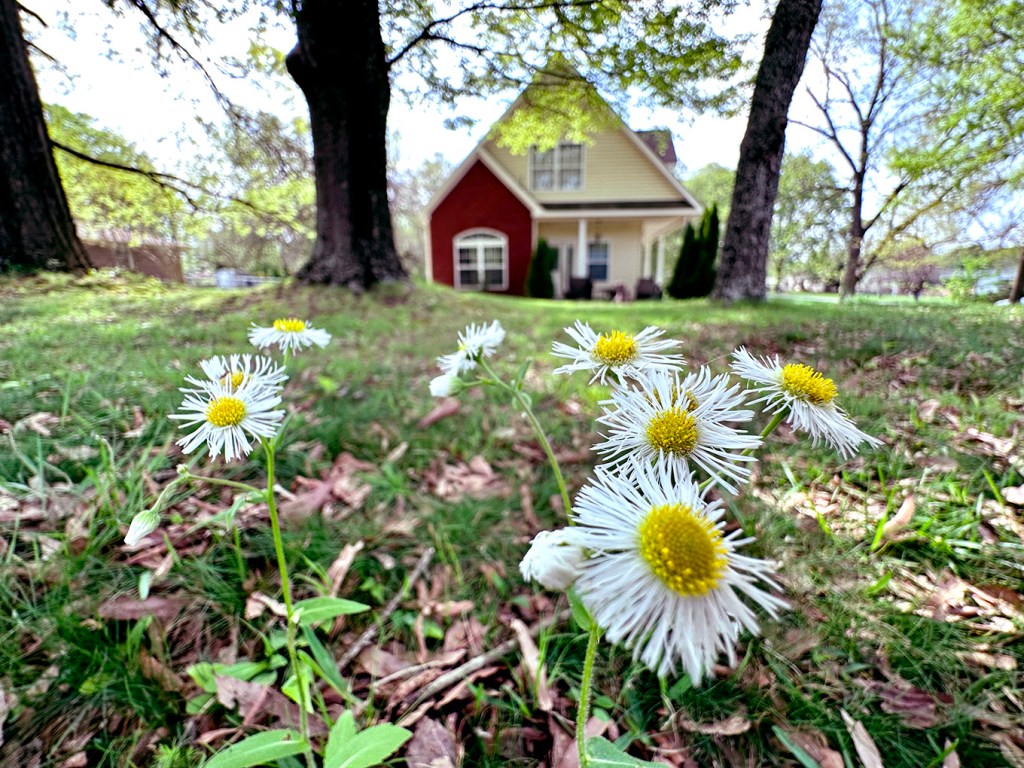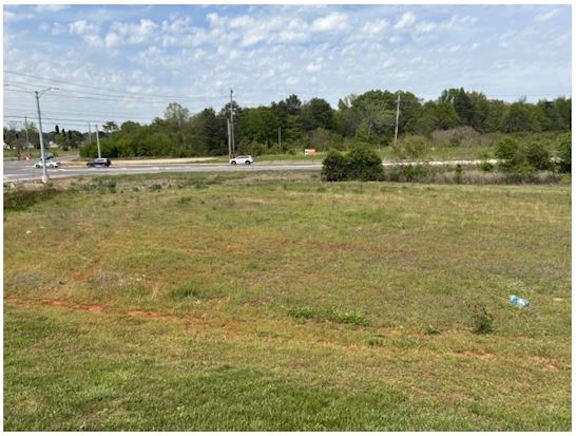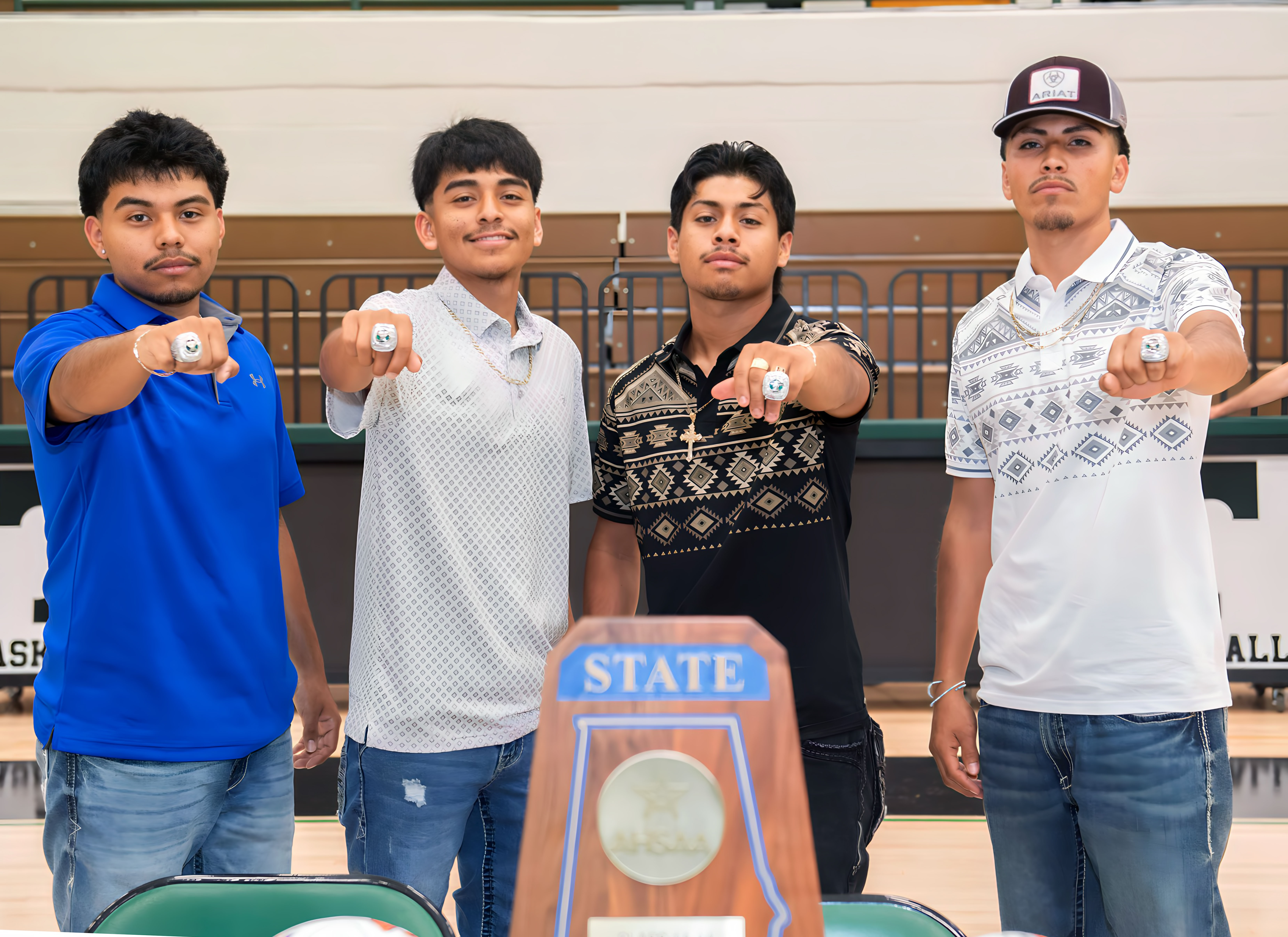Wildflowers to beautify your yard
Published 12:00 am Saturday, April 22, 2023

- North Alabama wildflowers are seen at a home. Versatility and the wilder, nature-guided way wildflowers enrich your property’s ecosystem are two of the plants’ biggest perks.
Want to make a color splash on your property but don’t possess a gifted green thumb? Wildflowers make for a stress-free, low-stakes way of adding beauty to your outdoor spaces without the fuss of tending to potted plants — though you can certainly grow them that way if you want.
“Teapots, toilet bowls, kitchen bowls, Tupperware (so long as you make sure it has draining holes) — anything that holds water can hold soil, so you can grow wildflowers in pretty much anything,” says Sonya Boyd, a Master Gardener and outdoor classroom educator at the North Alabama Agriplex. “You can plant them in a thimble if you want to,” she jokes, “though, of course, your plant might end up getting root-bound.”
Trending
Versatility and the wilder, nature-guided way wildflowers enrich your property’s ecosystem are two of the plants’ biggest perks. Capable of growing from scattered seed, in many cases, without the need for potting or careful tending, wildflowers can grow just about anywhere, says Boyd — even in the tiniest, tightest urban spots.
“I have a corner of my property that is sloped in one little area, and I sprinkle seed to brighten that area. It brings bees — pollinators — to my garden. There are all kinds of ways to do it. You can buy seeds and scatter them, or even collect seeds on your own — and once you become more aware of wildflowers, believe me, you begin to see them everywhere.
“There’s free seed all around you, if you know where to look. Master Gardeners have even been known to walk by restaurants and storefronts and see flowers in pots that’ve died and just take the seed — though if you do that, it’s probably a good idea to always ask,” said Boyd.
One key thing to look out for if you’re interested in sowing wildflowers at home is to do a little front-end research to be sure you’re sowing native, rather than invasive, plants. Some invasives look deceptively at home in the garden, says Boyd … until, that is, they begin overtaking the local flora and playing havoc with the areal ecosystem.
“They can be beautiful, but if they’re not maintained or if birds eat them and spread the seeds, they can wipe out native populations,” says Boyd. “It can really alter the balance, which is why you want to be sure you’re planting natives. They help contribute to one big food chain, one big opportunity for our native plants and animals.”
On top of that, wildflowers are just naturally pretty, dialing back the formality of a tended flower garden in exchange for a seasonally rhythmic beauty that follows a schedule of its own. With dozens of distinct species growing in north Alabama, native wildflower options are virtually limitless, though Boyd says it’s tough to go wrong with Butterfly Weed (Asclepias tuberosa), which adds a bright-orange pop to the landscape while also attracting its namesake insect.
Trending
“Monarch butterflies like them because they lay their eggs there,” she explains. “When their flowers die back, it creates this pod that holds hundreds of seeds, and the more you plant, the better chance a Monarch has of being able to spot them.”
That’s only a start, of course, with a host of wildflower species to choose from that all have called this area home longer than Limestone County has even been on the map. And, in the coming months, it’ll be even easier for area locals to browse firsthand the wildflowers they’d like to take home to their own gardens. The Master Gardener-maintained Wildflower Garden at Sportsman Lake will soon feature scannable QR codes prominently displayed on identifying signage for each of its many wildflower species.
For an extensive, easy-to-follow guide that can get you started on your quest to find the perfect local wildflower mix — including pictures, information about where they grow, and how to grow them — Boyd also recommends the Lady Bird Johnson Wildflower Center’s online native plant database, which can be accessed at wildflower.org.





